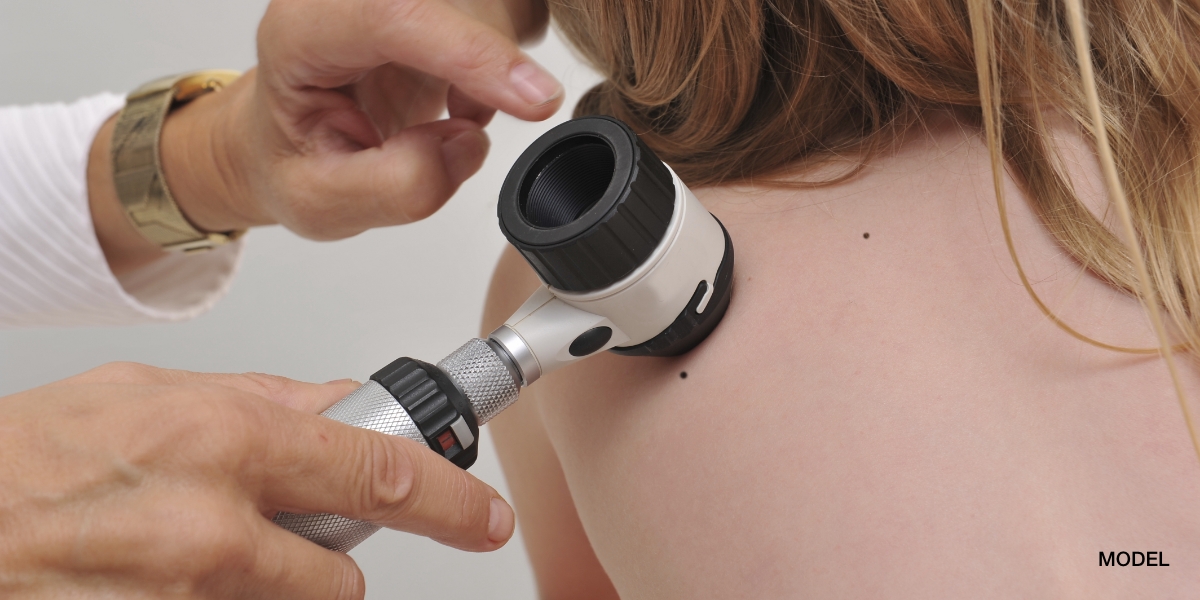Basal Cell Cancer is the most common skin cancer I encounter in my The Woodlands dermatology and Conroe dermatology offices. Over one million patients in the United States are diagnosed with Basal Cell Cancer each year and it is the most common cancer in the human body. Although Basal Cell Cancer is malignant, it is one of the least aggressive cancers and is considered “the best” skin cancer. Basal Cell Cancers do not usually metastasize until they are very large and have been neglected for years. However as Basal Cell Cancers become larger, they destroy normal skin and the surrounding structures, so in areas like the eyelids, ears and nose they can become very serious even at a small size. Approximately, .1% of Basal Cell Cancers metastasize, and this very low rate of metastasis is most likely due to the cancer cells requiring a supporting stroma to survive. Metastasis can occur by the lymphatics or hematogenously and the lymph nodes are the most common site of metastasis followed by the lungs. Patients with a diagnosis of Basal Cell Cancer are at a slightly increased risk of other internal malignancies. Basal Cell Cancers have many different appearances and subcategories but in general they appear as a pearly papule that enlarges with time and has a tendency to bleed. Basal Cell Cancers bleed very easily because they contain many blood vessels which are very superficial. Patients with fair skin who sunburn easy are most prone to develop Basal Cell Cancers. 90% of Basal Cell Cancers are found on the head and neck due to this areas predisposition to sun damage. The cells that gives rise to Basal Cell Cancers, are found in the basal layer of the epidermis. There is a very rare inherited disease called Basal Cell Nevoid Syndrome, in which patients develop hundreds of Basal Cell Cancers at a very young age. Otherwise, Basal Cell Cancers are not hereditary other than the fact that children usually inherit their parents skin type and live in the same geographical locations as their parents. Thus, it may appear that Basal Cell Cancers “run in the family.” Patients who are immunosuppressed with organ transplantation, HIV, or chronic lymphocytic leukemia are also at increased risk of developing Basal Cell Cancers.





